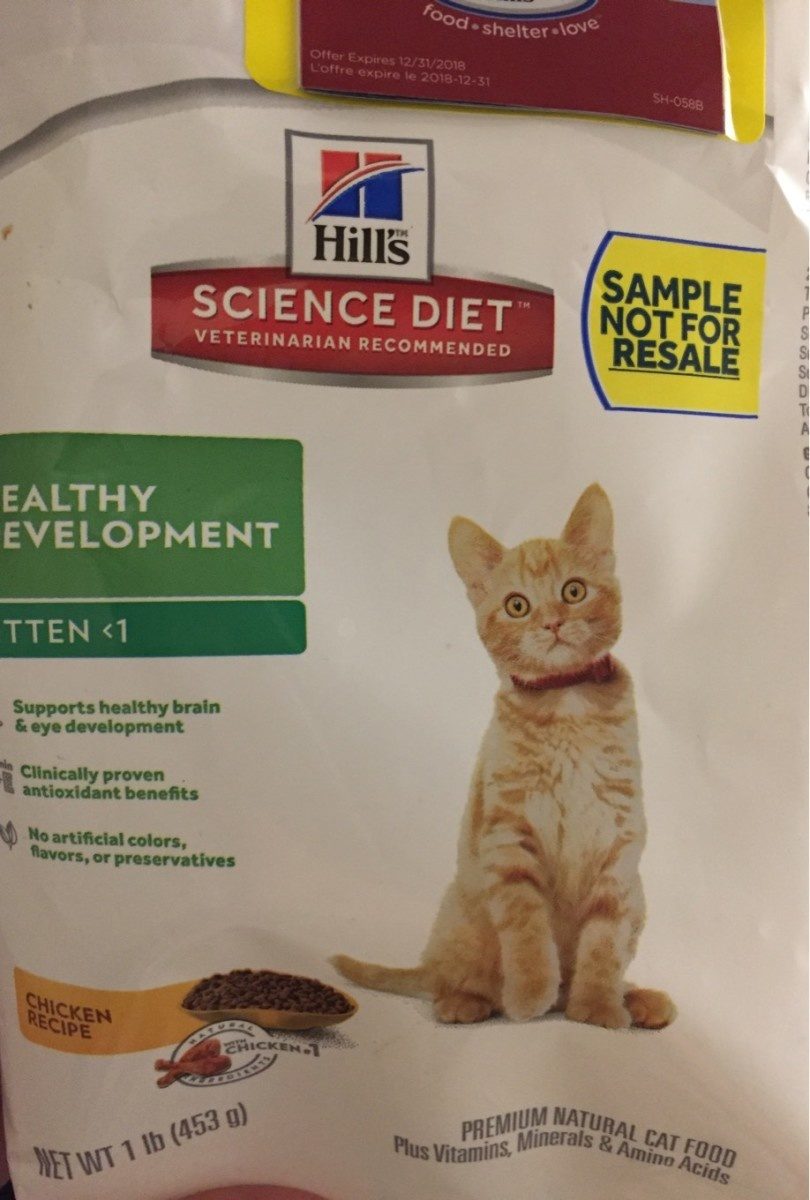As pet owners, we all want to provide the best possible care for our furry friends. We make sure they get enough exercise, take them to the vet for regular check-ups, and shower them with love and attention. But when it comes to their diet, things can get a little confusing. With so many different types of pet food on the market, it can be hard to know what’s best for your pet. That’s where breed-based bites come in. By decoding your pet’s diet based on their breed, you can ensure that they’re getting the nutrients they need to stay healthy and happy. In this article, we’ll take a closer look at breed-based bites and how they can benefit your pet.
1. Unraveling the Mystery of Breed-Based Bites: Understanding Your Pet’s Unique Nutritional Needs
It’s no secret that different breeds of pets have different nutritional needs. However, understanding these needs can be a mystery to many pet owners. By unraveling this mystery, you can ensure that your pet is receiving the proper nutrition to maintain their health and prevent breed-based bites.
One important factor to consider is the size of your pet. Smaller breeds require higher levels of protein and fat in their diets to maintain their energy levels, while larger breeds need more carbohydrates to sustain their muscle mass. Additionally, certain breeds are more prone to certain health issues, such as joint problems or digestive issues, which can be addressed through specific dietary requirements. By consulting with your veterinarian and researching your pet’s breed, you can create a customized diet plan that meets their unique nutritional needs.
- Consider your pet’s age and activity level when choosing their food.
- Look for high-quality ingredients, such as whole meats and vegetables, and avoid fillers and by-products.
- Monitor your pet’s weight and adjust their diet as needed to maintain a healthy body condition.
By understanding your pet’s unique nutritional needs, you can help prevent breed-based bites and ensure that they live a long and healthy life. Don’t be afraid to ask your veterinarian for guidance and do your own research to provide your pet with the best possible nutrition.
2. From Poodles to Pit Bulls: How Your Pet’s Breed Impacts Their Diet and Health
When it comes to feeding your furry friend, their breed can play a significant role in their dietary needs. Different breeds have different nutritional requirements, and understanding these needs can help you provide the best possible diet for your pet.
For example, larger breeds like Great Danes and Mastiffs require more protein and fat in their diets to support their muscle mass and energy levels. On the other hand, smaller breeds like Chihuahuas and Pomeranians have faster metabolisms and may require more frequent meals throughout the day to maintain their energy levels. It’s important to consult with your veterinarian to determine the best diet for your pet’s specific breed and individual needs. Additionally, certain breeds may be more prone to certain health issues, such as hip dysplasia in larger breeds or dental problems in smaller breeds. Feeding a diet tailored to your pet’s breed and health needs can help prevent these issues and promote overall health and wellness.
3. Tailoring Your Pet’s Diet to Their Breed: Tips for Optimal Nutrition and Wellness
When it comes to feeding your pet, there’s no one-size-fits-all approach. Just like humans, different breeds of dogs and cats have unique nutritional needs that must be met to ensure optimal health and wellness. Here are some tips for tailoring your pet’s diet to their specific breed:
– Research your pet’s breed to understand their dietary requirements. Some breeds are prone to certain health issues that can be prevented or managed through a specialized diet. For example, large breed dogs may require a diet with lower fat and calorie content to prevent obesity and joint problems, while some cat breeds may need a higher protein intake to maintain muscle mass.
– Consult with your veterinarian to create a personalized nutrition plan for your pet. Your vet can help you determine the appropriate amount and type of food to feed your pet based on their age, weight, activity level, and overall health. They can also recommend specific brands or formulas that are tailored to your pet’s breed and nutritional needs.
In addition to choosing the right food, it’s important to monitor your pet’s weight and adjust their diet as needed. Overfeeding or underfeeding can lead to health problems, so be sure to follow feeding guidelines and measure out portions carefully. With the right nutrition plan, you can help your pet live a long, healthy, and happy life. As pet owners, it’s important to understand the impact that diet can have on our furry friends. By decoding the ingredients in our pet’s food, we can ensure that they are receiving the proper nutrition to live a healthy and happy life. Whether your pet is a picky eater or has specific dietary needs, there are a variety of options available to meet their unique needs. Remember, a well-balanced diet is key to keeping our pets healthy and thriving. So, take the time to decode your pet’s diet and give them the best possible chance at a long and happy life.

